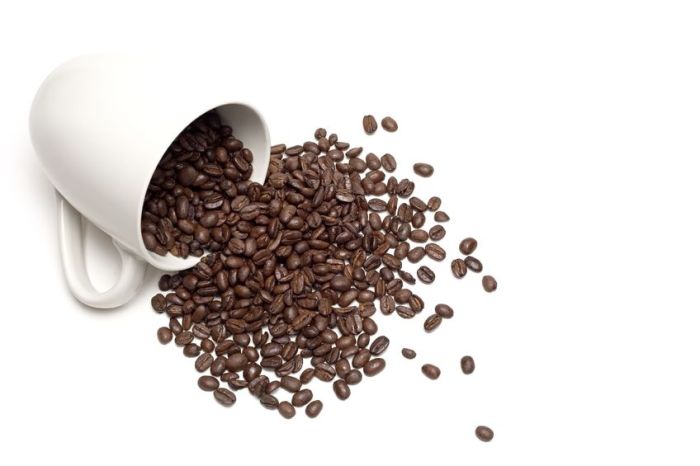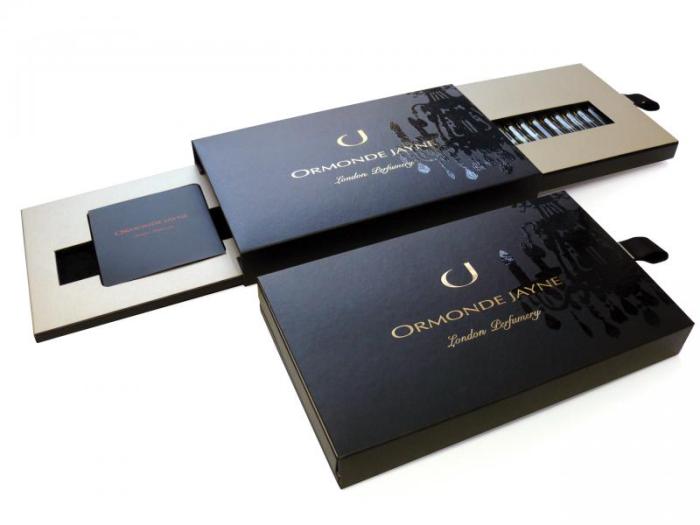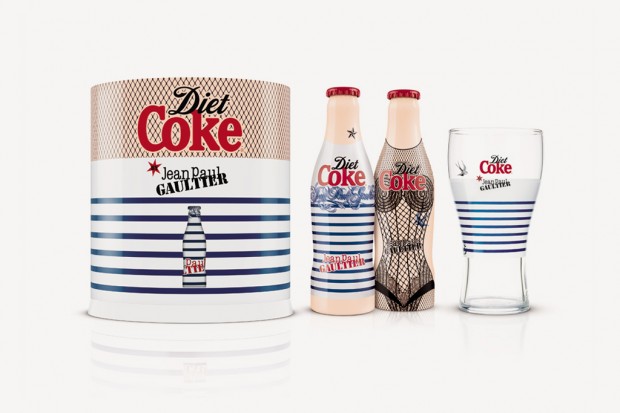From my frame of reference as a packaging designer, I’ve had a fairly close connection with the media and home entertainment (HE) industry for several years now. I have always been a keen music lover both as an amateur performer and avid collector. It is with this in mind along with the recent news of the impending HMV administration that I thought I’d express some of my concerns about the state and future of physical media.
It was at a recent National Trust visit that I realised how far the heritage and familiar logo of HMV (His Master’s Voice) spans. As purveyors of music playing devices since 1899, the Gramophone company opened a music shop in London in 1921. Following acquisition by RCA, HMV were also instrumental in building well known brands such as EMI and JVC in the 60’s and 70’s.
Aside from continued growth during the 90’s and some unsuccessful attempts at innovation, I witnessed, along with everyone of my generation a much more rapid decline in the availability of music in disc format over the coming years.
After a sales peak in 2001 fuelled by the popularity of CDs – and as my music buying appetite began to flourish, there grew an air of doom and gloom across the industry as talk of piracy and internet downloads (and of course supermarkets) threatened physical sales. Not constrained to music, film, TV and games also felt the impact of internet technologies. Although difficult to identify, I wonder how much of this decline was due to demand and how much was availability against convenience?
In my parents’ generation, going to the music store was an event. My Mum will recount stories of travelling with her mates into the local record shop to listen to music, grab a milkshake or coffee and choose albums to take home. Even as I was growing up, I had a wide variety of choice – Tower Records, Our Price, Virgin Megastore, I would travel into the city and spend 4-5 hours listening to the ever diminishing vinyl sections and be really proud of myself when I found a great record before it became popular through radio airplay. As time went on, and the internet age overtook, Vinyls and listening stations vanished from the high street to be replaced with everything from clothes to fruit-bars to headphones. A modern HMV store would struggle to boast more than 25% of floor space devoted to music. So even as a committed fan of the shopping experience, I find it increasingly difficult to satisfy my (admittedly eclectic) taste.
If I talk to a marketer from any other industry sector they would start by telling me that one of the key motivators of their trade is buyer behaviour. Although there is now a generation of consumers who have never experienced the listening booth, I’m not sure their needs are any different to mine – I buy music over the internet too, in fact I purchase through several channels – music on subscription, music downloads, physical media purchase through the internet and shopping in store. I listen to the radio for recommendations, I also like the ‘listen’ buttons on websites – and my favourite feature of internet shopping is the “you might like this” suggestions. These features used to be available in-store although I fear that this added value and personal touch was too difficult to quantify against sales in a demanding retail environment. What I am very sad to have lost through internet shopping is the additional content, the artwork, booklets and inserts (and obviously packaging) which for me was very much a part of the whole purchase experience.
With its self-fulfilling prophecy, I worry that the music industry and HE sector in general has lost sight of what’s important for the consumer. I will personally be very sad to see the demise of music on the high street, and would love to see a wave of innovation which sets to improve the terrible audible quality that people seem to tolerate for convenience sake. For now, however, I leave you with some hope that I will at least cling on to:
2012 Vinyl Sales grew by 39% in the UK (similar figures reflected in US) – about 15x growth since 1993
Digital downloads reflect less than 1/3rd of all album sales
Even with a 13-14% decline in sales last year – we bought 43.6 million CDs in the UK (86 million US)
Even in the high turnaround, impersonal world of modern music, our appetite is greater than ever.
Provided the industry pulls itself back together and re-invigorates its focus, I am optimistic for the future of physical media.











